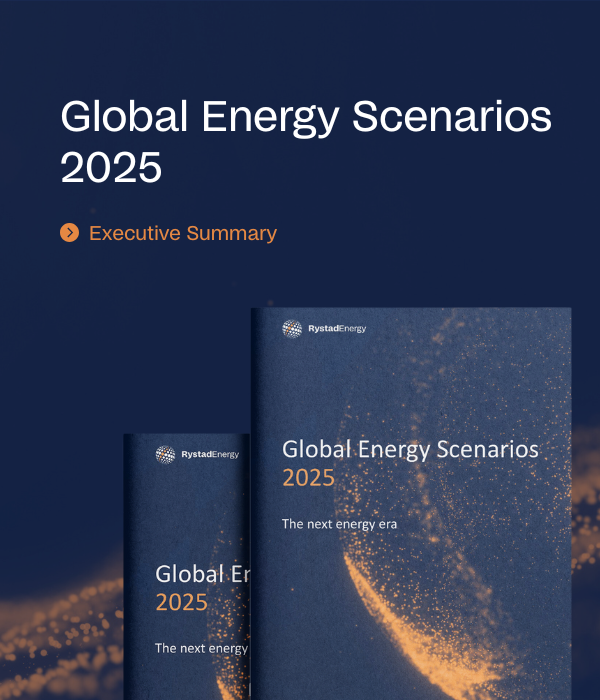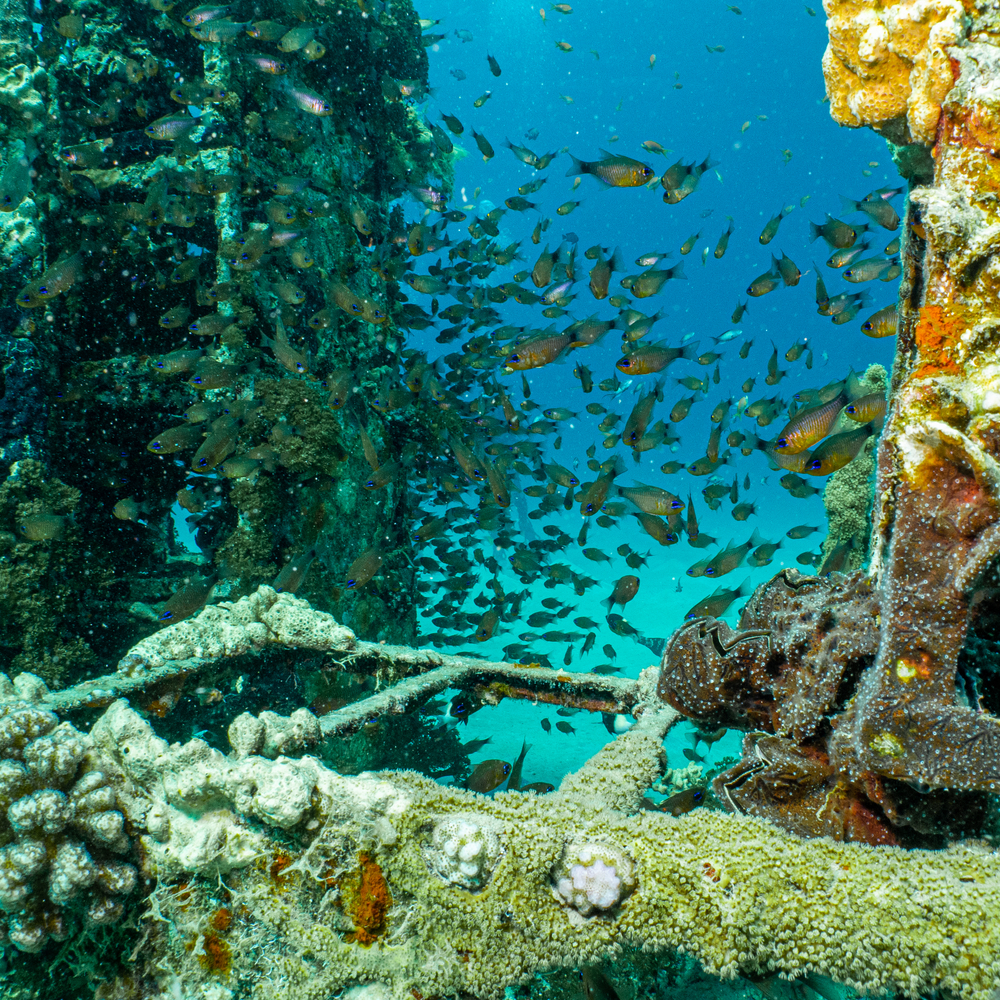Southern hemisphere is full of birds found nowhere else on Earth, reveals study – The New Indian Express

Report on Avian Endemism and its Implications for Sustainable Development Goals
1.0 Introduction: Identifying Irreplaceable Biodiversity for Global Goals
Recent scientific analysis reveals that global biodiversity metrics have historically underestimated the degree of species endemism, particularly in the Southern Hemisphere. Endemic species, such as the snow petrel found exclusively in the Antarctic, are confined to a single geographic location, making them a critical focus for conservation. The accurate identification of endemic hotspots is fundamental to achieving the United Nations Sustainable Development Goals (SDGs), as these areas represent irreplaceable concentrations of unique evolutionary history and ecological function. This report outlines new findings on avian endemism and analyzes their direct implications for SDG 13 (Climate Action), SDG 14 (Life Below Water), and SDG 15 (Life on Land).
2.0 Methodological Review and Revised Assessment of Endemism
The underestimation of endemism stems from methodological biases and data exclusion in previous global studies.
- Methodological Bias: Traditional calculations of endemism often favor regions with high overall species richness, inadvertently de-prioritizing species-poor but highly unique ecosystems like the Antarctic.
- Data Exclusion: Global diversity studies frequently omit comparatively species-poor areas, which are predominantly located in the Southern Hemisphere, skewing global conservation priorities.
A revised approach, which calculates endemism based on a site’s complementarity (the uniqueness of its species composition compared to other sites), has been utilized to reassess global avian diversity. This method effectively identifies sites with the highest percentage of restricted-range species.
3.0 Key Findings: Southern Hemisphere as a Hotspot for Endemic Avian Life
The reassessment has produced a significant shift in our understanding of global biodiversity patterns. The primary finding is that Southern Hemisphere communities exhibit substantially higher rates of local endemism across all facets of diversity, including species, evolutionary history, and ecological function. The following regions are now identified as critical global hotspots for endemic birds:
- The sub-Antarctic islands
- The High Andes
- Specific regions within Australia
- Aotearoa New Zealand
- Southern Africa
4.0 Implications for the 2030 Agenda for Sustainable Development
The identification of these hotspots has profound implications for international efforts to meet the SDGs, as these regions are exceptionally vulnerable to climate change, habitat degradation, and invasive species.
4.1 SDG 15: Life on Land
- Target 15.5: The study provides essential data to take urgent and significant action to reduce the degradation of natural habitats, halt the loss of biodiversity and, by 2020, protect and prevent the extinction of threatened species. The identified hotspots are home to the world’s most irreplaceable avian species, making their protection a top priority.
- Target 15.8: The vulnerability of these endemic species to invasive alien species underscores the need for measures to prevent their introduction and control their impact on island and land ecosystems.
4.2 SDG 13: Climate Action
- Target 13.1: Species with restricted ranges in these hotspots have limited capacity to adapt to rapid environmental shifts. Protecting these areas is a direct action to strengthen resilience and adaptive capacity to climate-related hazards and natural disasters, preserving global biodiversity in the face of climate change.
4.3 SDG 14: Life Below Water
- Target 14.2: Many of the identified hotspots, particularly the sub-Antarctic islands, are critical coastal and marine ecosystems. Protecting the endemic seabirds in these locations contributes directly to the sustainable management and protection of marine and coastal ecosystems to avoid significant adverse impacts.
5.0 Conclusion and Strategic Recommendations
The revised understanding of global endemism necessitates a strategic realignment of conservation resources and policies. To advance the 2030 Agenda, it is recommended that international bodies and national governments:
- Formally recognize the identified Southern Hemisphere regions as global priority hotspots for biodiversity conservation.
- Integrate these findings into National Biodiversity Strategies and Action Plans (NBSAPs) to ensure alignment with SDG targets.
- Allocate increased funding and develop targeted conservation programs for these highly endemic, highly vulnerable regions.
- Strengthen international cooperation (SDG 17) to manage and protect these irreplaceable sites, many of which transcend national boundaries.
SDGs Addressed in the Article
-
SDG 15: Life on Land
This is the most prominent SDG in the article. The text is centered on the conservation of terrestrial species, specifically birds like the snow petrel. It discusses biodiversity, the importance of endemic species (“irreplaceable birds”), threats to their habitats, and the need for focused “species conservation efforts.”
-
SDG 14: Life Below Water
The article mentions that the study focuses on “Antarctica and the sub-Antarctic,” which are intrinsically linked to marine ecosystems. Birds like the snow petrel are seabirds, and the sub-Antarctic islands are coastal environments. Protecting these species requires the conservation of the marine and coastal ecosystems they depend on.
-
SDG 13: Climate Action
The article explicitly identifies “climate change” as a major disturbance and threat to endemic species, which are described as “potentially more vulnerable” to such changes. This directly connects the issue of species conservation to the need for climate action.
Specific SDG Targets Identified
-
SDG 15: Life on Land
- Target 15.5: Take urgent and significant action to reduce the degradation of natural habitats, halt the loss of biodiversity and, by 2020, protect and prevent the extinction of threatened species. The article’s core argument is about identifying “global hotspots of endemism” to better focus conservation on “irreplaceable birds” that are “vulnerable to disturbances.”
- Target 15.8: By 2020, introduce measures to prevent the introduction and significantly reduce the impact of invasive alien species on land and water ecosystems. The article directly names “invasive introduced species” as a key threat to endemic populations.
- Target 15.9: By 2020, integrate ecosystem and biodiversity values into national and local planning, development processes, poverty reduction strategies and accounts. The study’s reassessment of endemism is a tool to provide better data for integration into conservation planning and decision-making.
-
SDG 14: Life Below Water
- Target 14.5: By 2020, conserve at least 10 per cent of coastal and marine areas, consistent with national and international law and based on the best available scientific information. The study provides critical scientific information by identifying “sub-Antarctic islands” as “global hotspots of endemism,” helping to prioritize areas for marine and coastal conservation.
-
SDG 13: Climate Action
- Target 13.3: Improve education, awareness-raising and human and institutional capacity on climate change mitigation, adaptation, impact reduction and early warning. The research presented in the article contributes to this target by raising awareness of how climate change specifically impacts vulnerable species and unique ecosystems in the southern hemisphere.
Indicators for Measuring Progress
- Degree of endemism: The article explicitly calls this “an important metric that tells us where to focus species conservation efforts.” The new study proposes a more accurate way to calculate it.
- Percentage of species with a restricted range: This is mentioned as a key component of the improved method for calculating endemism, serving as a direct measure of species’ irreplaceability and vulnerability.
- Metrics of irreplaceable evolutionary history and ecological functions: The article states that the study “measured endemism with regard to whether sites hold irreplaceable evolutionary history and ecological functions of birds,” implying these are quantifiable indicators of biodiversity value.
- Identification of global hotspots for endemic species: The output of the study is a list of these hotspots (e.g., “sub-Antarctic islands and the High Andes”). This list itself is an indicator that can be used to track and prioritize conservation actions.
- Data on the impact of invasive introduced species: The article identifies these species as a threat. Monitoring their presence and impact would be a necessary indicator to measure progress towards mitigating this threat.
Summary of SDGs, Targets, and Indicators
| SDGs | Targets | Indicators |
|---|---|---|
| SDG 15: Life on Land | 15.5: Halt biodiversity loss and protect threatened species. | Degree of endemism; Percentage of species with a restricted range; Metrics of irreplaceable evolutionary history and ecological functions. |
| SDG 15: Life on Land | 15.8: Prevent and reduce the impact of invasive alien species. | Data on the presence and impact of “invasive introduced species.” |
| SDG 15: Life on Land | 15.9: Integrate biodiversity values into planning. | Identification of “global hotspots of endemism” to guide conservation planning. |
| SDG 14: Life Below Water | 14.5: Conserve coastal and marine areas. | Identification of “sub-Antarctic islands” as priority conservation hotspots. |
| SDG 13: Climate Action | 13.3: Improve education and awareness on climate change impacts. | Research data showing species’ vulnerability to “climate change.” |
Source: newindianexpress.com

What is Your Reaction?
 Like
0
Like
0
 Dislike
0
Dislike
0
 Love
0
Love
0
 Funny
0
Funny
0
 Angry
0
Angry
0
 Sad
0
Sad
0
 Wow
0
Wow
0
















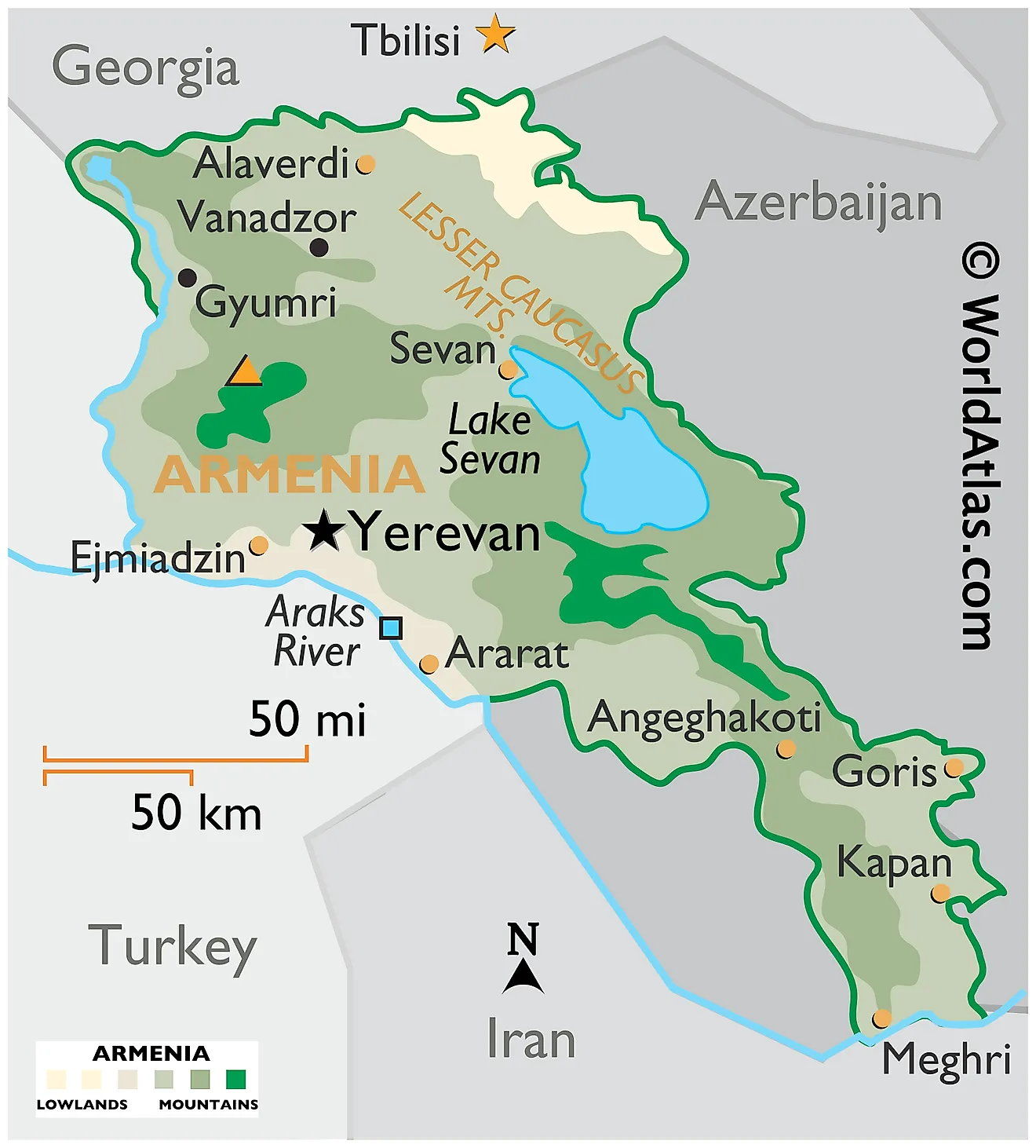






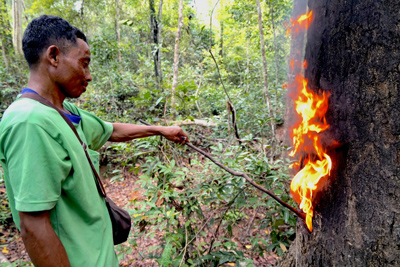
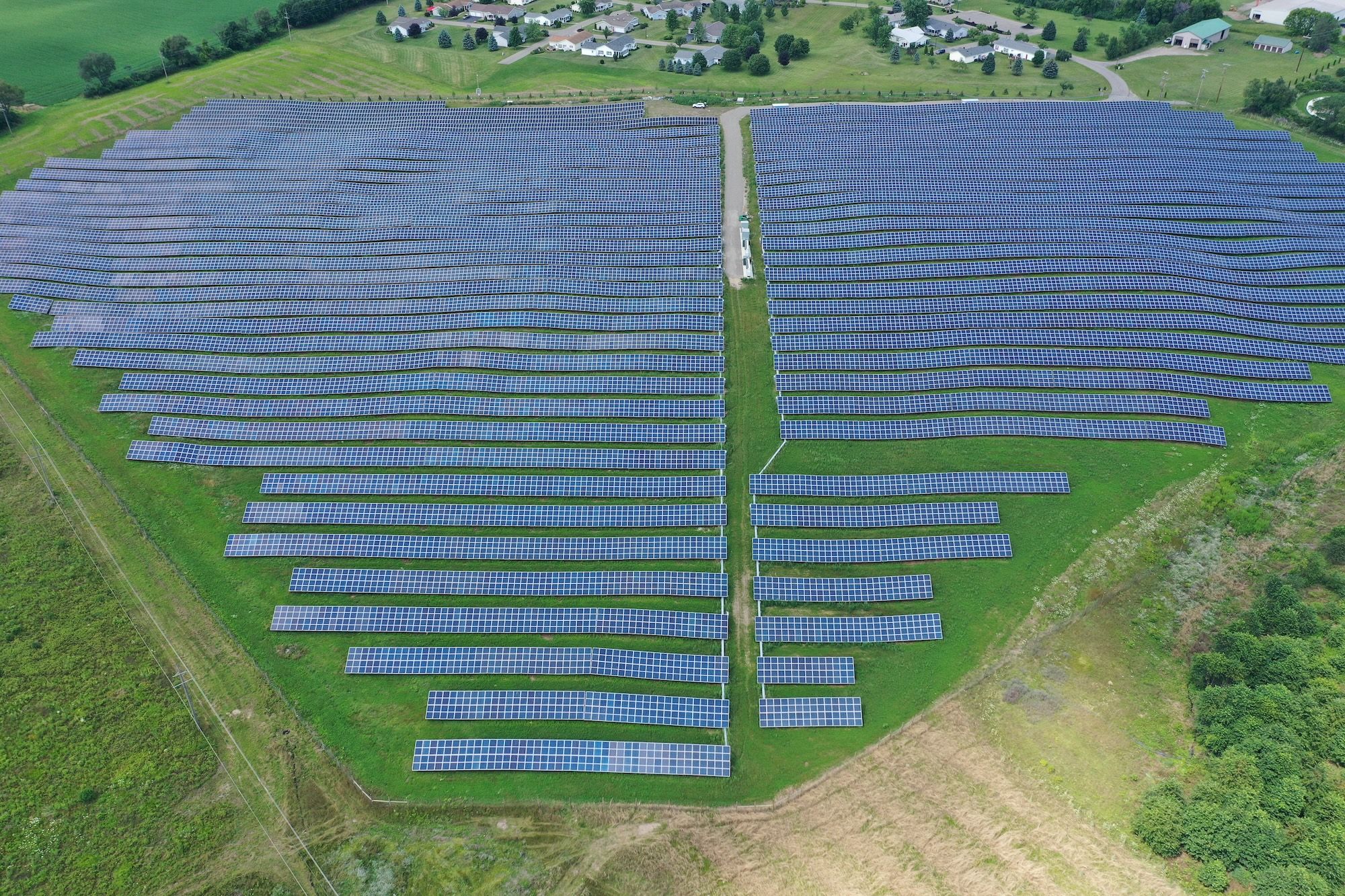







_1.png?#)





